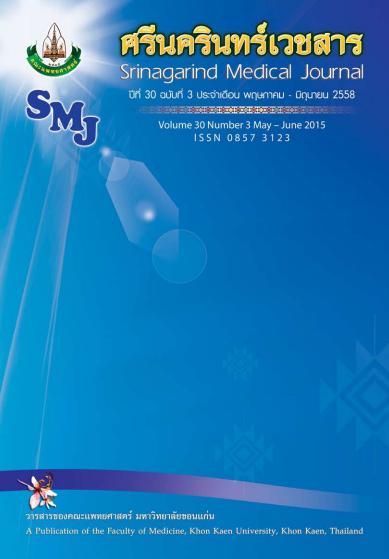Percutaneous Transcatheter Closure in Blunt Chest Trauma with Traumatic Ventricular Septal Defect: A Case Report
Keywords:
Percutaneous transcatheter closure, traumatic ventricular septal defect, blunt chest traumaAbstract
Background and Objective: Cardiac injury following blunt chest trauma is uncommon and usually undiagnosed, which could eventually lead to morbidity and mortality. This case report describe a 17-year-old male who developed a muscular ventricular septal rupture and severe tricuspid regurgitation due to disruption of all its papillary muscles causing by direct blunt chest trauma as a consequence of motorcycle accident. Diagnosis and management of residual moderate size traumatic muscular ventricular septal rupture by percutaneous transcatheter closure were discussed.
Method: A descriptive study from patient’s medical record.
Result: The patient had been diagnosed to have muscular VSD(15mm) with disruption of all papillary muscles of the tricuspid valve with severe tricuspid regurgitation. After surgical repaired of VSD and tricuspid valve, he remained had 10 mm. muscular VSD with congestive heart failure without responsive to medical treatments. Transcather VSD closure with Amplatzer muscular VSD occluder was done successfully with residual 2 mm. VSD shunt. All of the medication treatments of congestive heart failure were stopped with dramatic improvement of congestive heart failure symptoms. One year after that, the VSD was completely closured.
Conclusion: Traumatic VSD consequent from blunt chest trauma is uncommon. The surgical treatment of VSD closure is the standard treatment for the patient with congestive heart failure symptom from left to right shunt lesion. Transcather VSD closure is safely and successfully closed as described from this report.




